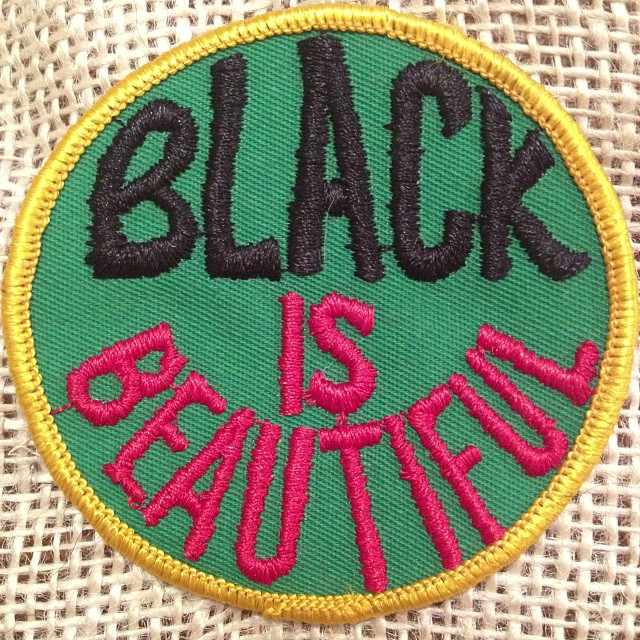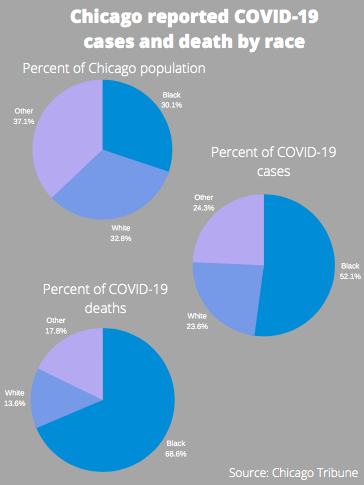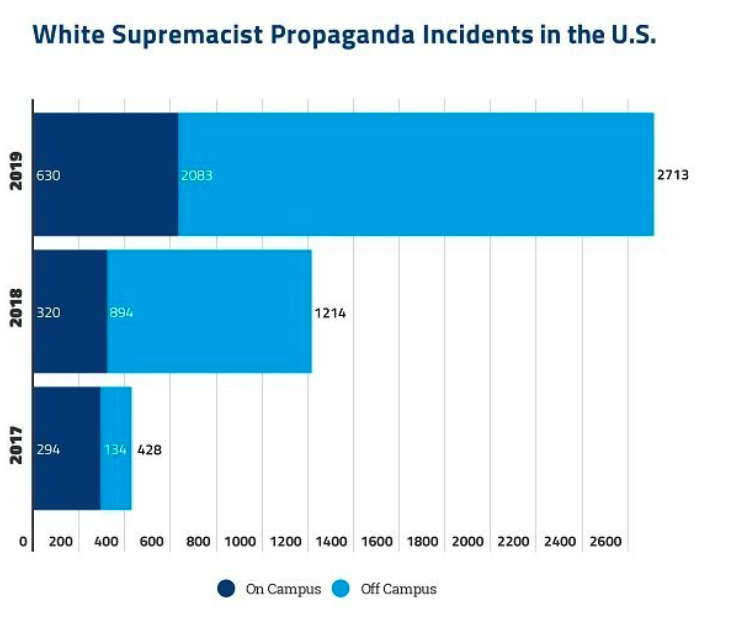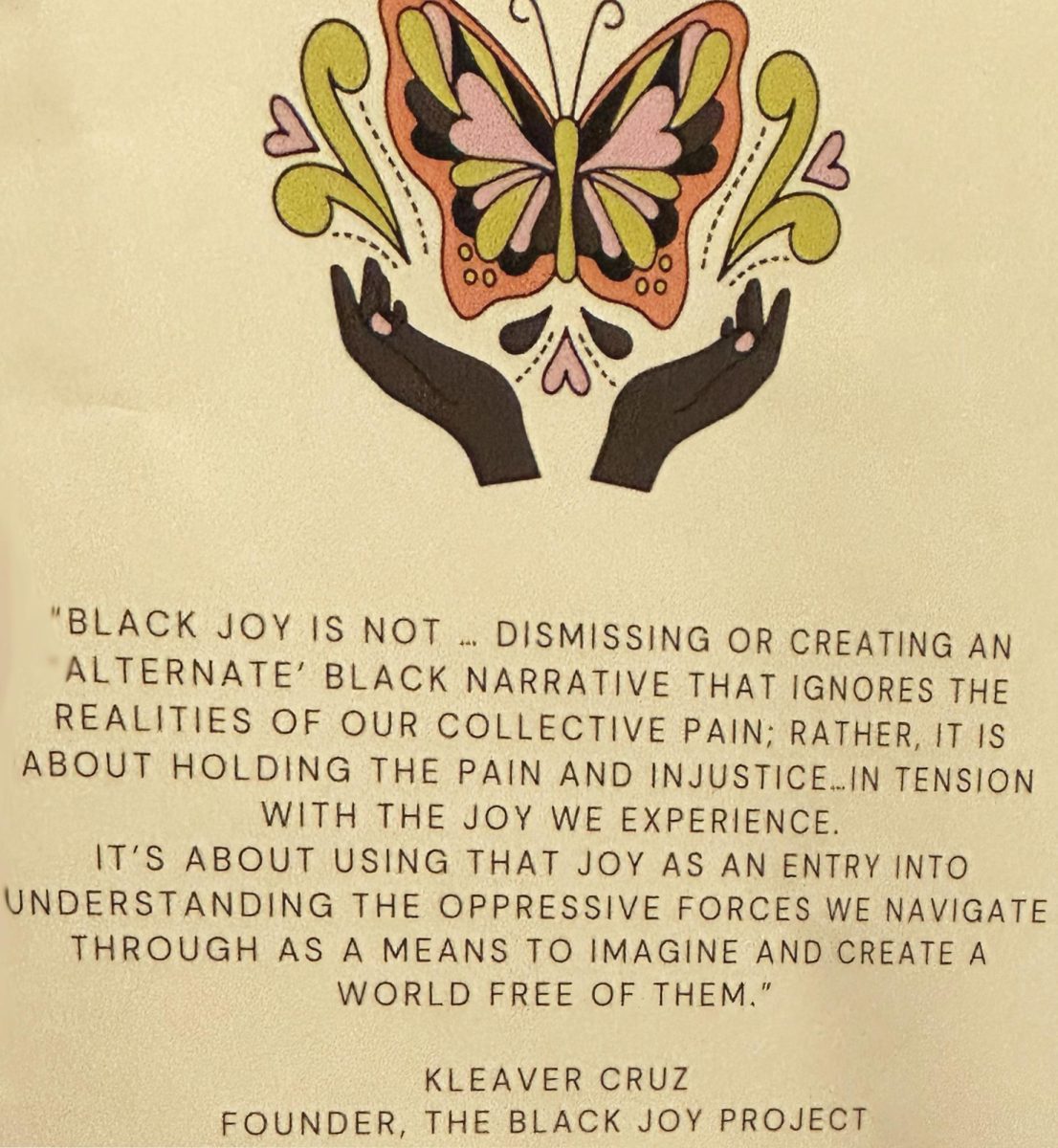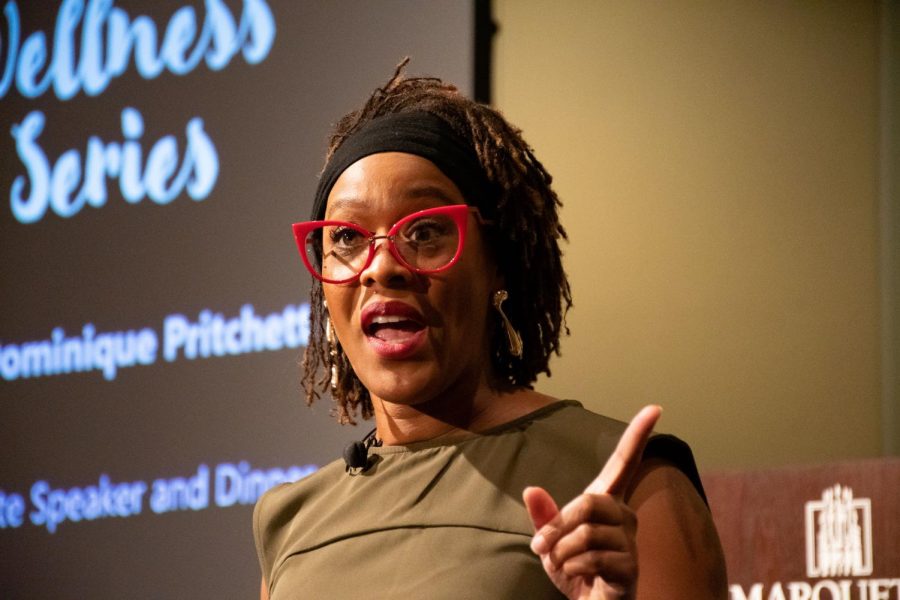“Hidden Figures” sets a precedent for all other movies in its genre. It is a groundbreaking masterpiece in its own right. In addition to its well-deserved awards, the movie is inspirational and important.
The film tells the harrowing and revolutionary narratives of three brilliant women named Katherine G. Johnson, Dorothy Vaughan and Mary Jackson. These women defied and overcame debilitating odds and racist oppression against them to achieve the insurmountable. Their calculations and mathematical expertise helped NASA’s own John Glenn successfully orbit the earth. This was not just advancement for people of color, but for the nation and the world.
The story is set in Hampton, Virginia in 1961 with the intensity of the space race causing NASA to struggle to put a man in space before their Russian counterparts.
Besides the scientific aspect, the movie was filled with heartwarming moments and relatable situations. A surprise marriage proposal, trying to get kids to go to bed on time and needing to use the bathroom when the bathroom is a mile away added lightness to the movie.
The three heroes of the film handled situations they encountered with logic, wit and grace, earning the respect of everyone who crossed their path. They showed audiences that African American women’s rights are human rights, and that “any upward movement is movement for us all.”
The first scene screamed inspiration as a man explained to a young black girl that she could “receive a full scholarship to the best school a ‘negro’ can attend” as the scene transitions to an 8-year-old girl explaining a quadratic equation to her confused classmates.
The rest of the movie continues the pattern of inspiration. In the last scene, victory is won for America because of the contributions of the 20 African American women in the West Computing Group of NASA.
The characters were dynamic and well-developed, but it was difficult to keep track of which character was onscreen at certain times, as the story was told a in third-person omniscient point-of-view, rotating between the experiences of Johnson, Vaughan and Jackson.
As media continues to change and adapt, it will see that this is the type of subject they should focus on. The cinema and the media has a powerful influence on whose stories are told, and it’s time to give a voice to the voiceless in society and reveal the restless determination and true capacity of the human spirit.



